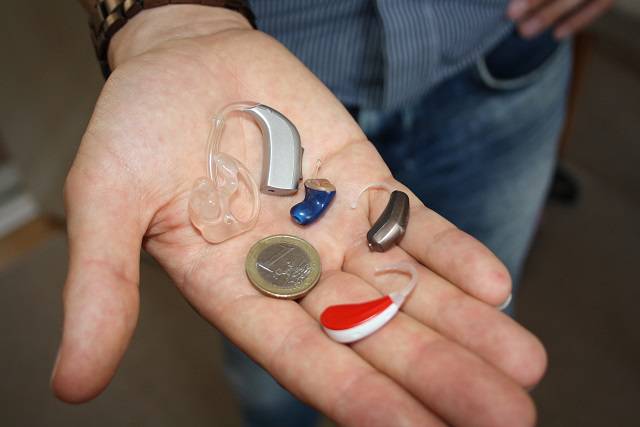Middle Ear Hearing Aid with Microelectromechanical Transducer (MEMS)
Description
The human auditory system can suffer from diseases that cause hearing loss due to different causes. Said deficiencies can be classified into transmissive type, sensorineural type and mixed type losses. Thus, for example, when there are problems in the middle ear, either due to loss of elasticity of the ossicular chain, or due to breakage of some of the bones that form it, the amplification capacity of the signal from the external ear in its way to the inner ear. In these cases, we would be faced with what is known as transmission hearing loss or, clinically, transmission hearing loss. Especially, due to any of these causes, frequently infection, or as a result of surgery to eradicate it, in some cases, the patient does not have any ossicular chain, and only has a middle ear or an empty residual surgical cavity. In these cases, the processes or systems to recover hearing are very complex. In this sense, the object of the present invention is a totally implantable device to improve hearing by generating mechanical vibrations on the oval window, replacing the functionality of the middle ear. For quality acoustic transmission, it is necessary that there be direct contact between the transducer and the start of the cochlea (never inside it) through the oval window and, furthermore, that the anchoring of the device is as reliable as possible to ensure the best conditions in the transmission of vibration as well as that it is easy to install through specific instruments.
Advantages
Among the advantages provided by this invention, we highlight: • No device on the market uses a MEMS-type actuator transducer. • Existing devices are generally intended for patients who have an ossicular chain or at least part of it, or that can be partially reconstructed by resorting to various reconstructive surgical techniques, and are also primarily indicated to treat sensorineural hearing loss. Instead, this invention provides a solution for patients who lack the transmission medium between external sound and the cochlea.
Uses and Applications
This technology is useful as an internal hearing aid for patients with hearing impairments who lack a natural transmission medium in their ears, being of great interest to the medical field and especially to those companies that manufacture hearing implants.
Keywords
Sectors
Areas
Patent Number
ES2347863 A1
Applicants
Universidad De Málaga
Inventors
Rafael Urquiza De La Rosa, Javier Lopez Garcia, Antonio Gonzalez Herrera, Oscar Oballe Peinado, Jose Antonio Sanchez Duran, Alberto Daza Marquez, Jose Fernandez Ramos, Alfonso C. Gago Bohorquez
Filing Date
24/05/2010
Protection Level: National (Spain)
Processing Status: Spanish patent








